David Gaudrie
Modeling and Optimization with Gaussian Processes in Reduced Eigenbases -- Extended Version
Aug 29, 2019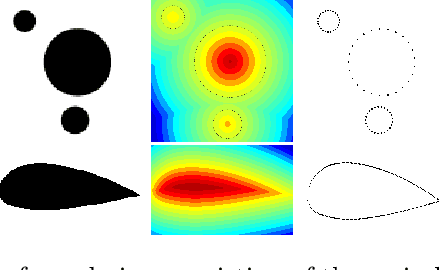

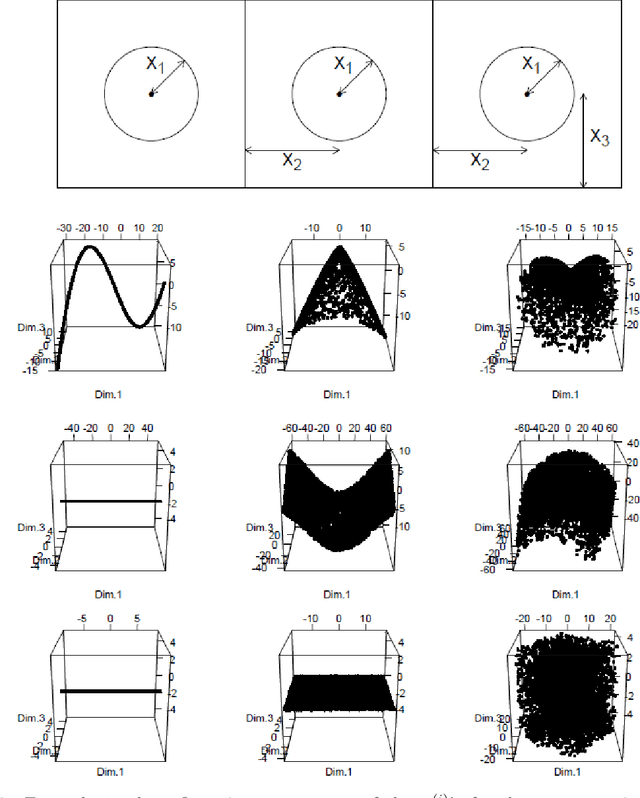

Abstract:Parametric shape optimization aims at minimizing an objective function f(x) where x are CAD parameters. This task is difficult when f is the output of an expensive-to-evaluate numerical simulator and the number of CAD parameters is large. Most often, the set of all considered CAD shapes resides in a manifold of lower effective dimension in which it is preferable to build the surrogate model and perform the optimization. In this work, we uncover the manifold through a high-dimensional shape mapping and build a new coordinate system made of eigenshapes. The surrogate model is learned in the space of eigenshapes: a regularized likelihood maximization provides the most relevant dimensions for the output. The final surrogate model is detailed (anisotropic) with respect to the most sensitive eigenshapes and rough (isotropic) in the remaining dimensions. Last, the optimization is carried out with a focus on the critical dimensions, the remaining ones being coarsely optimized through a random embedding and the manifold being accounted for through a replication strategy. At low budgets, the methodology leads to a more accurate model and a faster optimization than the classical approach of directly working with the CAD parameters.
Targeting Solutions in Bayesian Multi-Objective Optimization: Sequential and Parallel Versions
Nov 09, 2018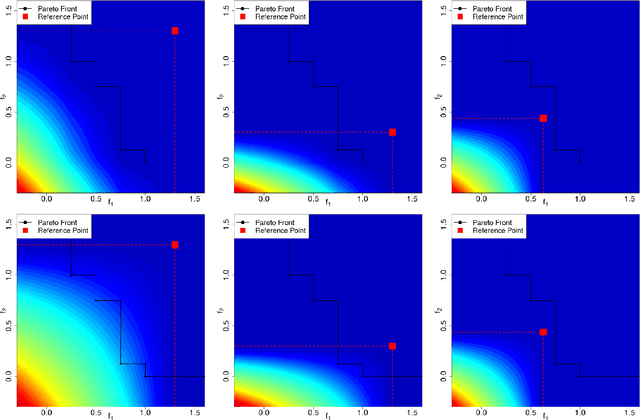

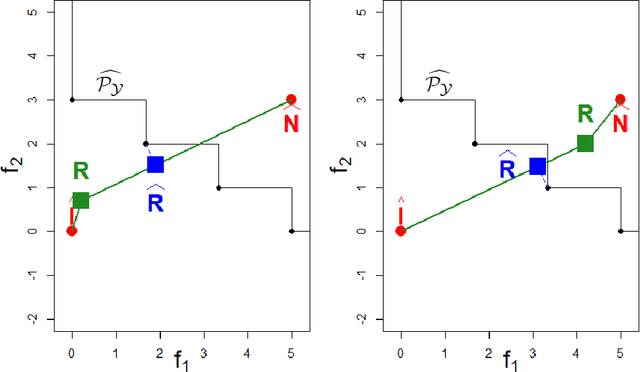
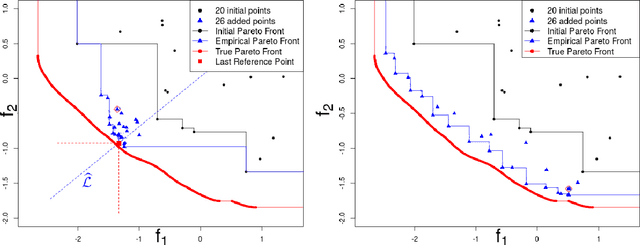
Abstract:Multi-objective optimization aims at finding trade-off solutions to conflicting objectives. These constitute the Pareto optimal set. In the context of expensive-to-evaluate functions, it is impossible and often non-informative to look for the entire set. As an end-user would typically prefer a certain part of the objective space, we modify the Bayesian multi-objective optimization algorithm which uses Gaussian Processes to maximize the Expected Hypervolume Improvement, to focus the search in the preferred region. The cumulated effects of the Gaussian Processes and the targeting strategy lead to a particularly efficient convergence to the desired part of the Pareto set. To take advantage of parallel computing, a multi-point extension of the targeting criterion is proposed and analyzed.
Budgeted Multi-Objective Optimization with a Focus on the Central Part of the Pareto Front - Extended Version
Oct 30, 2018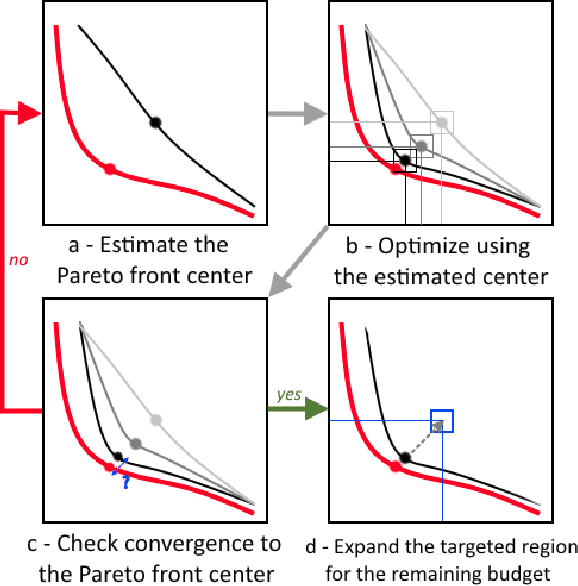

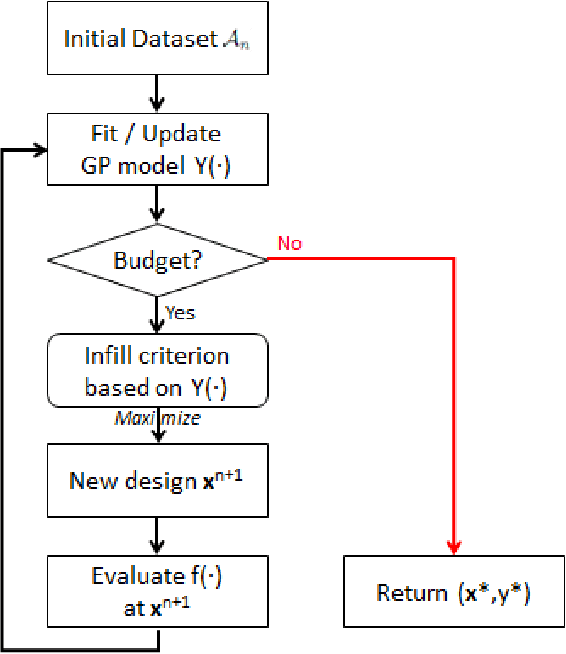

Abstract:Optimizing nonlinear systems involving expensive (computer) experiments with regard to conflicting objectives is a common challenge. When the number of experiments is severely restricted and/or when the number of objectives increases, uncovering the whole set of optimal solutions (the Pareto front) is out of reach, even for surrogate-based approaches. As non-compromising Pareto optimal solutions have usually little point in applications, this work restricts the search to relevant solutions that are close to the Pareto front center. The article starts by characterizing this center. Next, a Bayesian multi-objective optimization method for directing the search towards it is proposed. A criterion for detecting convergence to the center is described. If the criterion is triggered, a widened central part of the Pareto front is targeted such that sufficiently accurate convergence to it is forecasted within the remaining budget. Numerical experiments show how the resulting algorithm, C-EHI, better locates the central part of the Pareto front when compared to state-of-the-art Bayesian algorithms.
 Add to Chrome
Add to Chrome Add to Firefox
Add to Firefox Add to Edge
Add to Edge